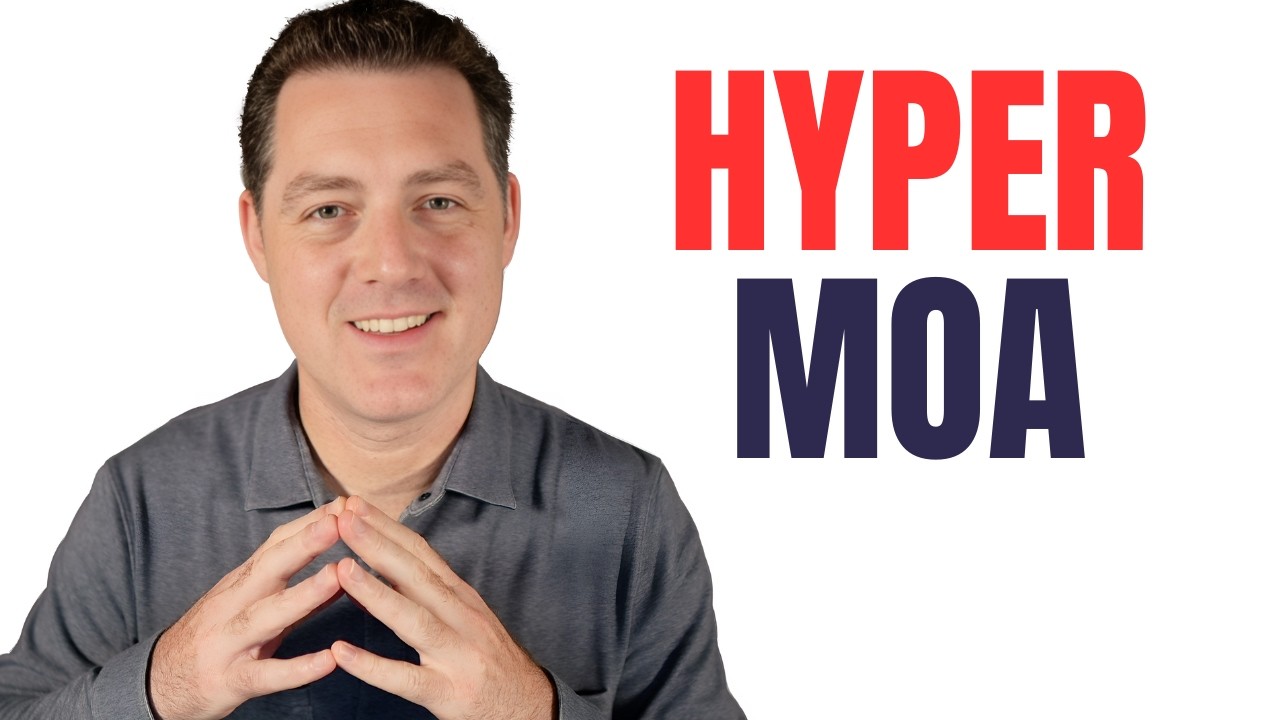The video introduces the Mixture of Agents (MoA) feature integrated into the Groq platform, which enhances the performance of less capable models by enabling them to collaborate, aiming for advanced capabilities akin to future models like GPT-40. The tutorial guides viewers through the practical setup and implementation of MoA using Visual Studio Code, showcasing how to run the application and customize settings for optimal model outputs.
In the video, the creator introduces the newly launched Mixture of Agents (MoA) feature that has been integrated natively into the Groq platform. MoA allows less capable models to work together, significantly enhancing their performance and bringing them closer to advanced capabilities, potentially reaching levels comparable to future models like GPT-40. The host previously covered the theoretical aspects of MoA in an earlier video, which is linked in the description, but this tutorial focuses on the practical setup and implementation of the feature, emphasizing its user-friendly nature.
To get started, the creator instructs viewers to prepare their environment using Visual Studio Code (VSS Code) and acquire a Groq API key. The tutorial guides users through creating a project directory, cloning the repository created by Sai from Groq, and setting up the necessary coding environment. The host expresses gratitude for Sai’s well-structured project, which simplifies the process compared to their own earlier version, and highlights that the project includes an interface for better usability.
As the setup progresses, the creator explains how the MoA operates through multiple agents functioning collaboratively across various layers to generate optimal outputs. They mention that although the process might seem slow, Groq’s integration provides a significant speed advantage. The installation process includes creating a Conda environment, activating it, and installing dependencies from a requirements file. Users are then instructed to create an environment variable file to store their Groq API key, ensuring a smooth connection to the platform.
Once the environment is ready, the host demonstrates how to run the application using the command streamlit run app.py, which launches a local interface. They walk through the interface, showcasing how to select the main model and adjust various parameters, including the number of layers and the specific agents for each layer. The video emphasizes the flexibility users have in customizing their settings to suit their specific use cases while maintaining an optimal default configuration.
In the final segment, the creator tests the setup by prompting the model to generate sentences, illustrating how the multi-layer, multi-agent approach works effectively and efficiently. They provide insights into the outputs from each layer and agent, showcasing how the final model synthesizes responses. The video concludes with a call to action, encouraging viewers to explore the project, share their feedback, and stay tuned for future developments in the Groq ecosystem, highlighting the potential for continued evolution and enhancement of the MoA feature.
